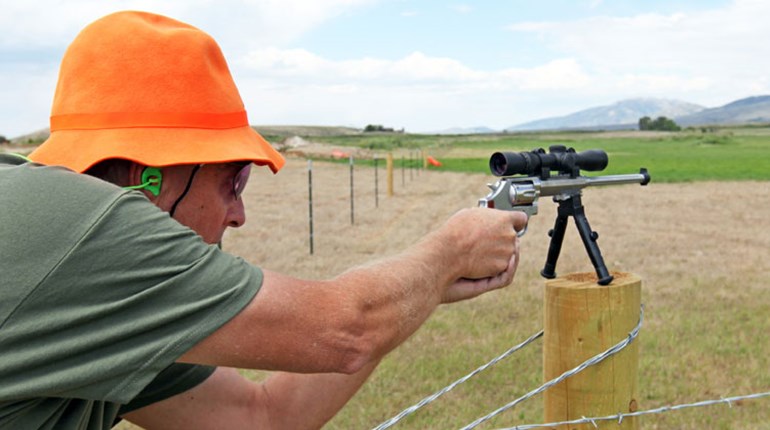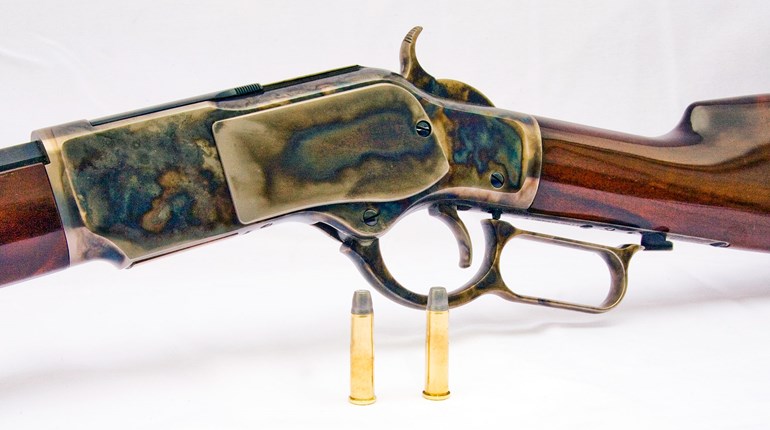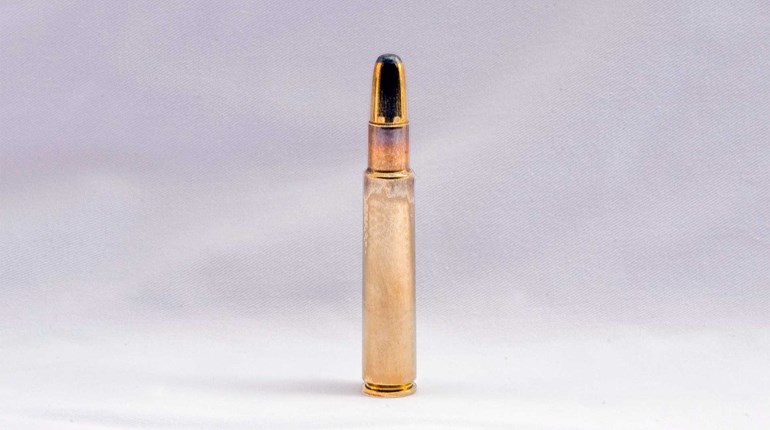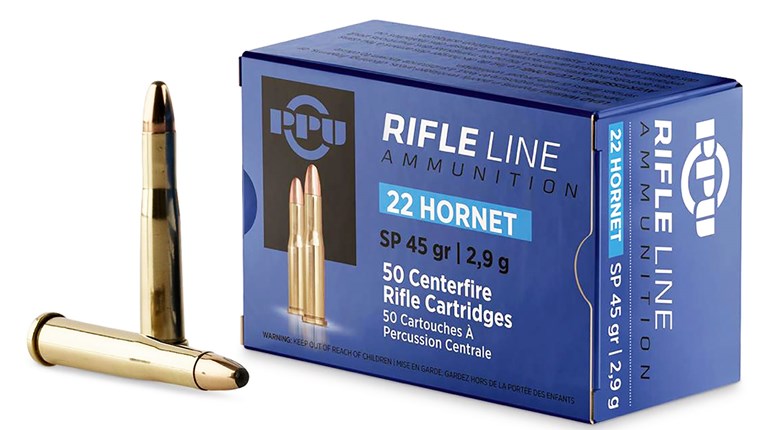
 While many of you were enjoying the NRA Annual Meetings and Exhibits in Indianapolis, I was busy toiling away at a couple of prairie dog towns a few miles away. Yes, it’s a tough, dirty and dangerous job, but somebody has to do it.
While many of you were enjoying the NRA Annual Meetings and Exhibits in Indianapolis, I was busy toiling away at a couple of prairie dog towns a few miles away. Yes, it’s a tough, dirty and dangerous job, but somebody has to do it.
What with the very few days of warmth and no precipitation we’ve had this spring I eagerly made arrangements to help out a member of my church family deal with the pesky rodents in his pasture. I wanted to get in some field trigger time with the almost-new .17 Winchester Super Mag (WSM). My test sample and ammo arrived in the middle of fall when my focus is more on elk than prairie dogs. However, I was able to squeeze a review of the cartridge and the Savage B.Mag rifle on our sister website.
But it’s field time that I like, so a buddy and I unloaded our four-wheelers at our friend’s ranch to take on his pasture poodles. Here’s what I found: Out to 200 yards the .17 WSM is very accurate and capable of dispatching prairie dogs. You will not get the spectacular terminal results with this cartridge that you do with the .223 Remington or .22-250 Remington, but no one really expected that. Another “no surprise” is that wind raises hell with .17-caliber bullets. That’s true whether you launch them from the .17 HMR, .17 WSM or the centerfire .17 Remington. The little 20- to 25-grain bullets simply are not heavy enough to handle even a modest breeze.
As far as the B.Mag goes, it is a good start, but Savage is going to have to address a couple of issues. The magazine is a bit flimsy, and it required some TLC in order to load it and get it to stay in the rifle while shooting. Too, the extractor began to fail after some 50 rounds or so. In the interest of full disclosure, I did not follow my own advice from the initial review and bring cleaning supplies with me. Shame on me. I point these things out not to diss Savage—they were frenetically working to get the rifle available with very little R&D time—and I am sure the company is already aware of these problems and is addressing them.
Others have touted the .17 WSM as a 250-yard varminter. That may be possible providing the shooter has a good, portable field bench to shoot from. However, I was shooting from the sticks—which are excellent for minute-of-eland shooting but not so good for anything past 150 yards on critters the size of prairie dogs.
I like the cartridge and generally like the rifle, but there is one stumbling block that is retarding success of both—availability. To date I have seen but a handful of boxes of ammunition in this caliber, and that was at the Cabelas store in Billings, MT, a few months ago. I have yet to see any rifle chambered for it on dealer’s shelves. There are some out there; I just haven’t seen them. But feeding these rifles remains a problem, as it does with any rimfire now. I’m even having trouble getting .22 WMR ammo lately, and up until a couple of months ago it was usually available.
It’s a tough nut to crack, this rimfire ammo thing. If manufacturers invest too heavily on tooling to ramp up production, the market can become saturated just as quickly as the dearth of rimfire ammo came upon us. That leaves all of that expensive tooling sitting idle—an unacceptable condition. But before anyone else introduces a new chambering it might behoove them and us consumers to have the production and distribution challenges addressed.



































